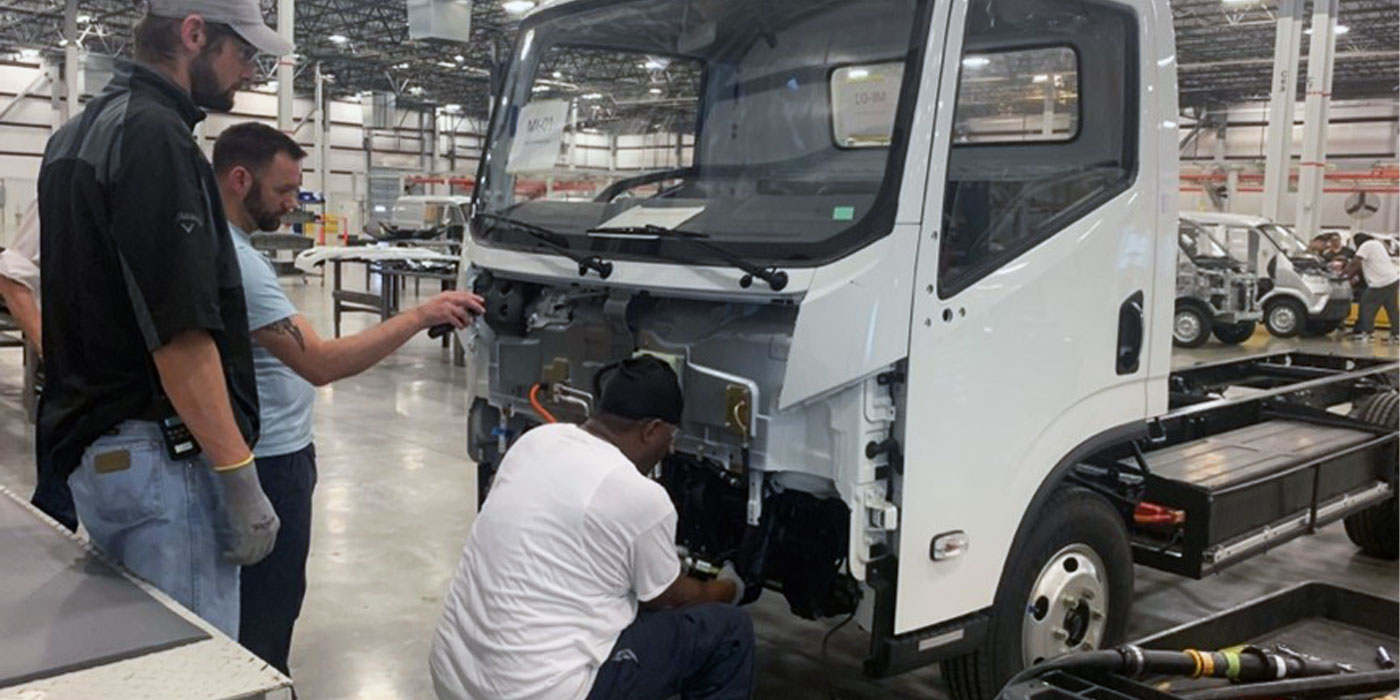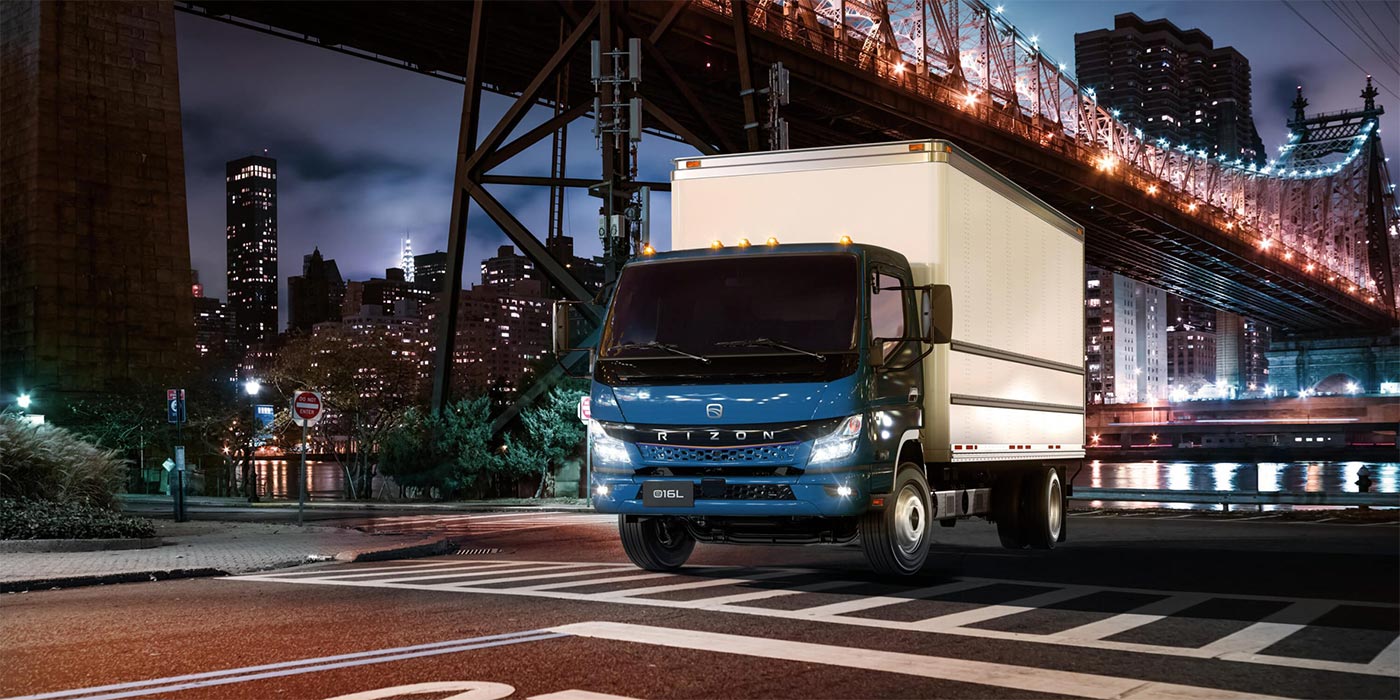We talk a lot about hydrogen fuel cells around The Buzz. We run news about them, we have videos about them, we have podcasts about them. But hydrogen fuel cell EVs are … scarce, to put it mildly, especially here in the U.S. So … why give them any of our internet space?
Well, yes, there just aren’t that many passenger EVs designed to run with hydrogen fuel cells. But if you are a fleet owner, running trucks from Point A to Point B every day, and you’re interested in electrifying your fleet, hydrogen is likely a fuel type that you have your eye on. Hydrogen fuel cells can generate electricity on-board the truck, but without the weight of a gigantic battery. And that means more range for those big, tractor-trailer, regional-haul trucks running on our nation’s highways.
If you look at a hydrogen fuel cell vehicle, its range is about equivalent to that of diesel – that’s the good. The bad is that the infrastructure is not there to support it. That’s the No. 1 hurdle for anyone to adapt any fuel cell vehicle, frankly.
So, can we expect any hydrogen infrastructure growth moving forward?
To give us an idea, let’s first look at The North American Council for Freight Efficiency’s, or NACFE’s, guidance report on the prospects of hydrogen electric power in the trucking industry, released in late 2020. The report says emissions regulations, infrastructure, hydrogen availability and total costs of ownership are going to affect how fast these vehicles are going to catch on.
Buses and trains will likely be some of the first applications to transition to hydrogen, with the Hydrogen Council predicting that heavy-duty trucks will fall further out on the curve with about 2.5% of hydrogen adoption in 2030 NACFE says.
OK, so slowly but surely. And that “surely” part is backed up by what we see happening with hydrogen fuel in Europe. After all, what happens in Europe oftentimes comes here.
European countries are typically much more aggressive in implementing climate change policies, and with them easier access alternative fuel, than here in the U.S., but we often see those technologies and equipment advances on our shores sooner rather than later. As an example in the trucking world, here in North America, we’ve already seen Daimler Trucks North America deploy its own charging infrastructure.
The biggest challenge we face here compared to Europe is the sheer size of the routes that many long-haul trucks run. That’s why there’s more talk of hydrogen fuel cells for long-haul trucks instead of battery electric long-haul trucks.
One of Daimler’s biggest hydrogen announcements in 2021 was the company’s joint fuel-cell venture cellcentric with Volvo Group. The joint venture will develop, produce and commercialize fuel cell systems for use in heavy-duty trucks as the primary focus.
During a recent media roundtable, Daimler Truck North America President and Chief Executive Officer John O’Leary told us that hydrogen is “definitely a more advanced topic in Europe.” He added: “The U.S. is probably 18 months or 24 months behind just in terms of the conversation and the awareness of [hydrogen].”
Based on this, it’s bound to be an exciting 2024. We’ll see you then.













